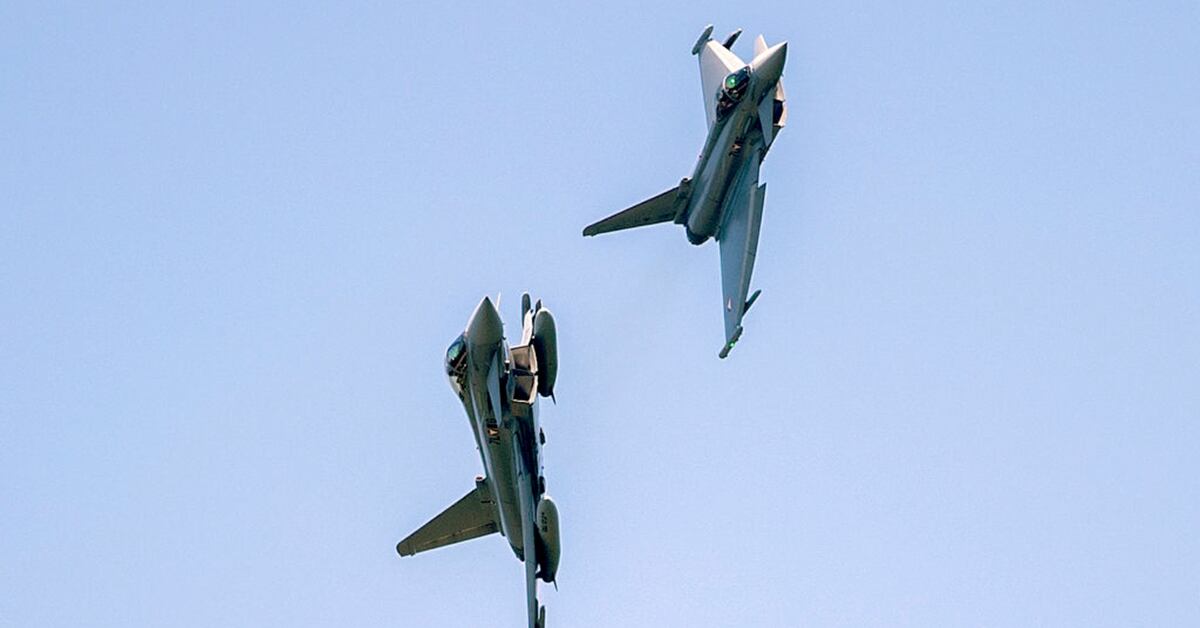ROME – As the first Italian F-35B pilots begin training in the United States, a tug of war between the Italian Navy and Air Force over the aircraft means there is still no certainty about where Italy’s STOVL jets will be based, and who will have ultimate authority over them.
“These pilots will be back in Italy next year after training and we still don’t know where they are going,” said an Italian analyst knowledgeable of the debate in Italy.
The standoff suggests that moves in Italy to create increasing synergies between armed forces have a way to go. “This is a long way from being resolved,” said a defense source who asked not to be named.
Italy is likely to order 30 F-35Bs, which will be evenly split between the navy and air force. The first two jets, which are destined for the navy, are currently undergoing trials in the US.
The navy wants the jets to replace its veteran AV-8 STOVL aircraft, and plans to fly them off its Cavour carrier as well as its under-construction Trieste Landing Helicopter Dock.
The Air Force, which will also receive 60 conventional F-35As, wants its 15 B-versions for deploying to temporary bases with short runways during overseas missions.
“Given today’s tight budgets, it makes sense to have one base for all the F-35Bs, where training, maintenance and logistics can be focused,” said a second analyst, Alessandro Marrone, senior fellow at the IAI think tank in Rome.
“Italy’s most recent defense white paper stresses interforce activity, and this is the moment – given that by definition the F-35 is an interforce aircraft,” he added.
The question is, which base, and under the control of which armed force?
Air Force officials point to the UK’s example, where squadrons set up by both the Navy and the RAF to fly their F-35Bs are to share one base — RAF Marham in Norfolk, which is under ultimate RAF control.
The degree of interoperability is set to be high, involving RAF pilots flying off the decks of Navy carriers.
If Italy follows the same path, the air force’s base at Amendola in Puglia, in the heel of Italy, would be the obvious candidate to host all 30 F-35Bs. Eight Italian Air Force F-35As are already based at Amendola and infrastructure for the jet is already up and running.
RELATED

“The UK model would work for Italy, with all 30 F-35Bs based at Amendola and one authority for maintenance for all Italian aircraft,” said retired Gen. Leonardo Tricarico, a former head of the Italian air force and now chairman of the ICSA think tank in Rome.
Grouping the B’s and the A’s would mean one group of technicians could work on maintaining both types, saving precious resources and increasing efficiencies, said the first analyst.
Currently, the navy’s AV8s land base is at Grottaglie, which like Amendola is in Puglia, but is closer to the naval port at Taranto, where the Cavour is based, and which will be home port of the Trieste when it is completed.
That means it makes sense to bring all 30 F-35Bs — both the navy’s and the air force’s — to Grottaglie, where they would fall under ultimate control of the navy, argued a senior navy official who declined to be named.
“That allows the navy jets to be nearer to the carriers,” he said.
That view was challenged by the first analyst, who said the extra flying time from Amendola was minimal.
The navy official argued that basing the B-version jets in a different location to the F-35As would not reduce logistics efficiencies.
“First of all, a good deal of spare parts will need to be kept on the carriers, and secondly, since the parts kept on the shelf will be coming from Lockheed Martin in the United States, it is less crucial to have one big maintenance center in Italy,” he said.
The navy scored an early victory in the tussle when it was handed the first two Italian B’s rolled off the production line, despite many military planners believing the deliveries would alternate between the Navy and Air Force.
Then came the thorny issue of which pilots, navy or air force, would take the first places on pilot training in the United States. The decision was due to made by Italy’s chief of staff, but was kicked upstairs to Italy’s defense minister, Elizabetta Trenta.
Five places were eventually handed to the Navy and only one or two to the Air Force, the first analyst said.
“The decision was made just days before the pilots were due to leave in July, and the air force was understandably not happy,” he said.
“And with no deal on basing yet, we don’t know where these pilots will go to when they return to in Italy,” he said.
Tom Kington is the Italy correspondent for Defense News.







